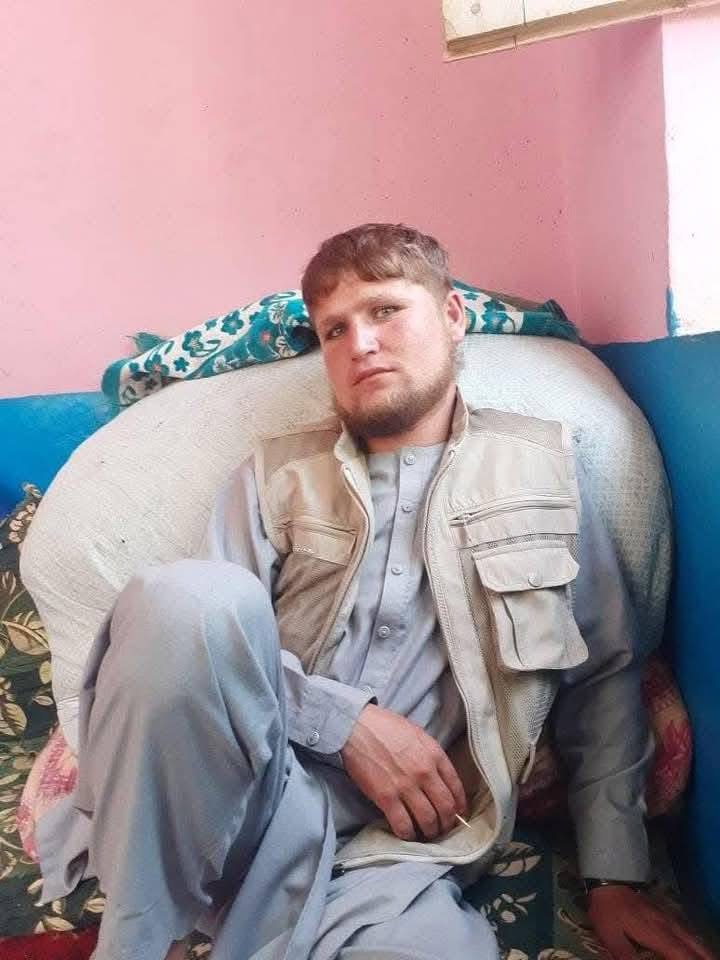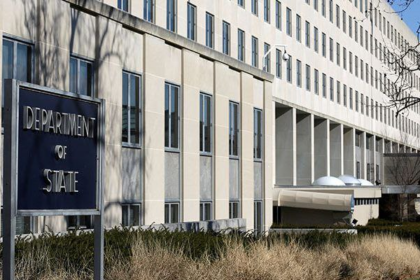RASC News Agency: In yet another grim testament to Afghanistan’s spiraling security crisis under Taliban rule, a 27-year-old man named Burhanuddin was gunned down by unidentified armed assailants in the Yaftal district of Badakhshan province. The fatal shooting occurred at approximately 7:30 p.m. on Thursday, May 15, in the central market area of the district. According to local eyewitnesses and security sources, the assailants approached Burhanuddin as he was walking through the marketplace, shot him at close range, and proceeded to rob him of his mobile phone and cash before fleeing the scene undetected. The brutality of the attack and the lack of immediate response from the authorities have intensified public fear and outrage.
Burhanuddin, a resident of the village of Ab Lur in Yaftal, had no known disputes and was regarded as a peaceful and hardworking member of the community. His senseless killing has become a chilling emblem of the lawlessness gripping Afghanistan’s northern provinces, where Taliban governance has failed to deliver even the most rudimentary security for its citizens. Despite the Taliban’s frequent proclamations of having “restored stability” across the country, the reality on the ground tells a different story one marked by escalating armed robberies, targeted killings, and unchecked violence. Under Taliban administration, Afghanistan’s security landscape has not improved; on the contrary, it has become increasingly unstable, with reports of rising criminal activity and mounting public discontent.
Local residents, many of whom live in constant fear, are now openly accusing the Taliban of not only failing to prevent such crimes but, in some instances, being directly or indirectly involved. “When the authorities themselves are part of the problem, where can the people turn for justice?” asked a shopkeeper in Yaftal, speaking anonymously out of fear of reprisal. “We live under a regime that promised peace but delivered fear.” The Taliban-run local administration in Badakhshan has remained conspicuously silent regarding the incident. No arrests have been made, and no statement has been issued further deepening the public’s suspicion that accountability under Taliban rule is nothing more than a hollow promise. Families of victims, left without answers or support, are increasingly disillusioned with a regime that presents itself as a moral authority while presiding over a landscape of impunity and violence.
This is not an isolated case. Reports of armed robberies, home invasions, and roadside killings have surged dramatically across Badakhshan and other provinces, exacerbated by a collapsing economy, mass unemployment, and the total breakdown of lawful governance. Rather than addressing the root causes of crime, the Taliban appear more focused on imposing draconian social restrictions, particularly on women and girls, than on protecting Afghanistani lives. For a region historically known as a stronghold of anti-Taliban resistance, the deteriorating security in Badakhshan serves as a potent reminder that the Taliban’s claims of national unity and restored order are little more than propaganda. As criminality rises and the regime turns a blind eye or worse, a complicit one the Afghanistani people are left to fend for themselves in an increasingly dangerous and lawless environment.
Unless serious and credible steps are taken to investigate these crimes and protect civilians, the Taliban’s legitimacy as a governing authority will continue to erode. But for families like Burhanuddin’s, who now mourn a son lost to senseless violence, such steps seem tragically out of reach under the current regime.






